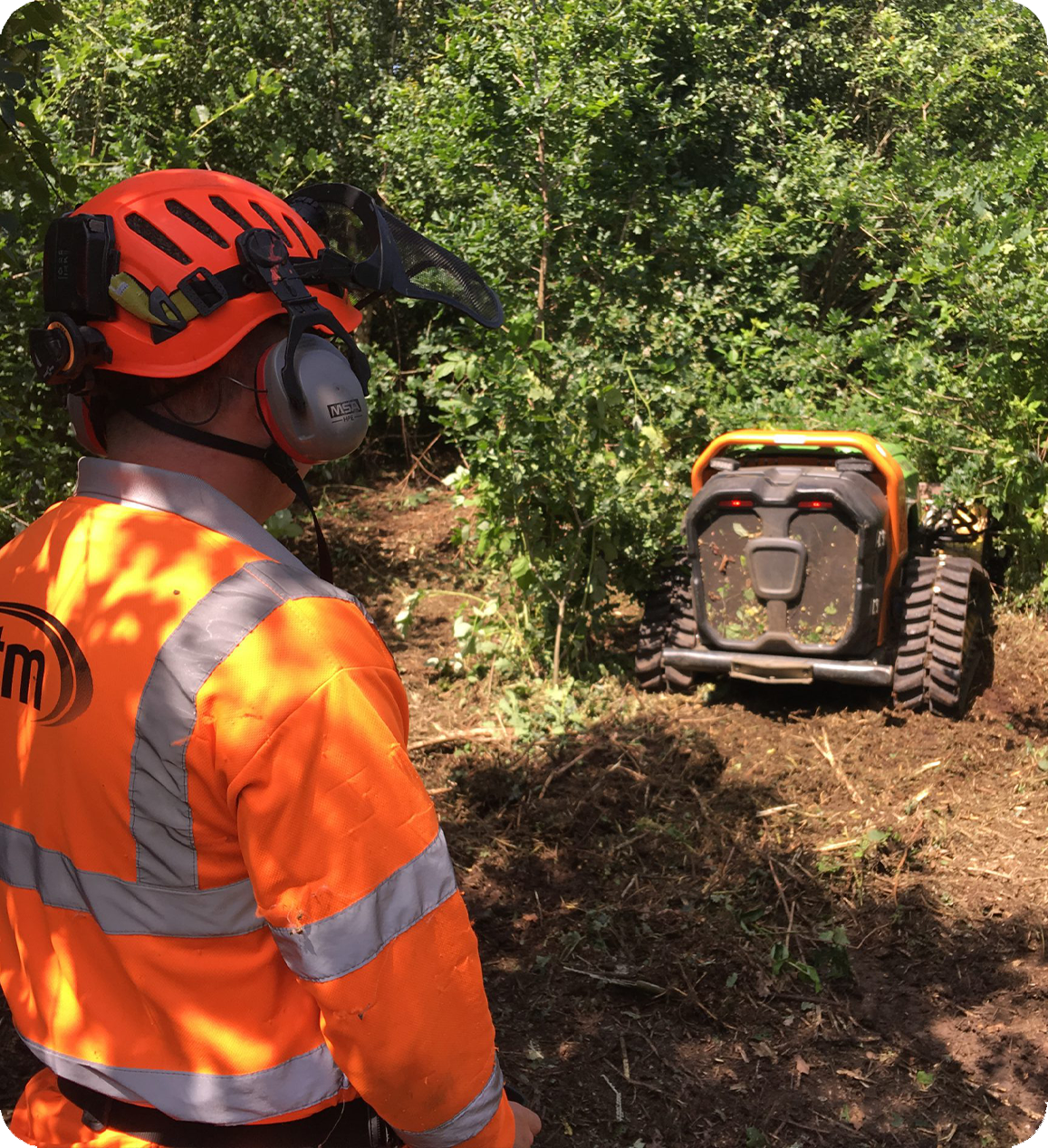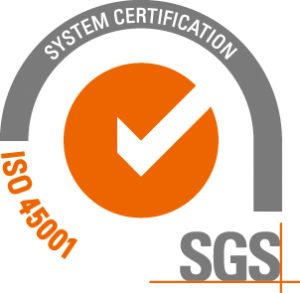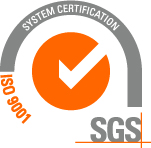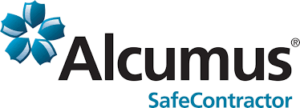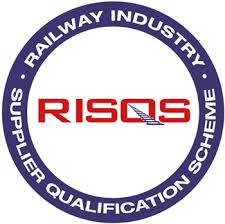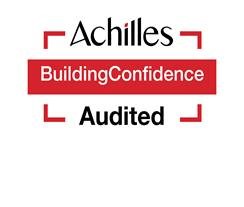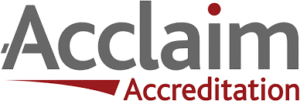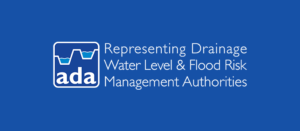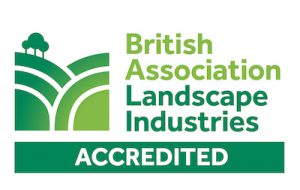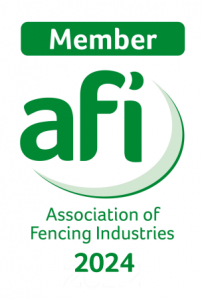The UK is on the brink of a transportation revolution with the rise of connected and autonomous vehicles (CAV), ushering in the need for stringent standards outlined in the Automated Vehicles Bill. This legislation places a spotlight on the performance of critical highway assets—road markings, traffic signs, and street lighting. Adhering to these standards is not only about legal compliance but is vital for ensuring the safety and efficiency of self-driving cars on our roads.
Understanding the Automated Vehicles Bill
The Automated Vehicles Bill is a pioneering piece of legislation, aiming to regulate the deployment of autonomous vehicles in the UK. As this technology evolves, the bill serves as a foundation for a legal framework that prioritises user safety. One key aspect involves the optimisation of highway assets to support the safe operation of autonomous vehicles.
The Crucial Role of Highway Assets
Road Markings, Studs and Symbols
Well-maintained road markings, studs and symbols are essential for guiding autonomous vehicles. Faded or inaccurate markings can lead to navigation errors and accidents. Compliance requires regular inspections and maintenance to ensure visibility and accuracy.
Traffic Signs
Traffic signs provide crucial information to drivers, especially significant for autonomous vehicles. The Automated Vehicles Bill emphasises the need for standardised and well-maintained signs that are easily detectable and understandable by self-driving cars.
Street Lighting
Street lighting is vital for visibility, particularly in low-light conditions. The bill underscores the importance of adequate lighting for accurate sensor readings and safe navigation. Upgrading to sensor-compatible lighting solutions contributes to compliance and sustainability.
The Role of ATM-AMAC in Compliance and Efficiency
ATM-AMAC systems are instrumental in achieving improved compliance, efficiency and most importantly, safety when surveying the above highway assets. The system capabilities enable lean and innovative monitoring and data analysis, facilitating proactive maintenance and ensuring compliance with evolving standards. Any threshold measured against can be easily facilitated between ATM-AMAC and their clients, with all data deliverables seamlessly integrated into any data management system.
ATM-AMAC systems contribute to:
1. Predictive Maintenance: regular monitoring predicts potential issues, allowing timely maintenance to assist network operators in reducing the risk of asset failures.
2. Data-Driven Decision-Making: the wealth of reliable, tangible and standard-compliant, valid data empowers clients to make informed decisions on upgrades and replacements, aligning with the requirements of connected and autonomous vehicle technology.
3. Streamlining Compliance: ATM-AMAC systems simplify compliance reporting, generating comprehensive reports on asset condition, inventory and retro-reflectivity and / or energy efficiency thresholds, fostering a leaner and more transparent system compared with older, more traditional methodology.
As the Automated Vehicles Bill shapes the regulatory landscape, the role of highway assets in ensuring user safety is paramount. By embracing ATM-AMAC technologies, clients can not only meet compliance standards but also create efficiencies that contribute to the seamless integration of autonomous vehicles, fostering a safer and more sustainable future on our roads.
To discuss your national, regional, or private contractor regarding road marking, stud, symbol, traffic sign and / or street lighting highway asset requirements, get in touch today.
 info@atm-ltd.co.uk
info@atm-ltd.co.uk
